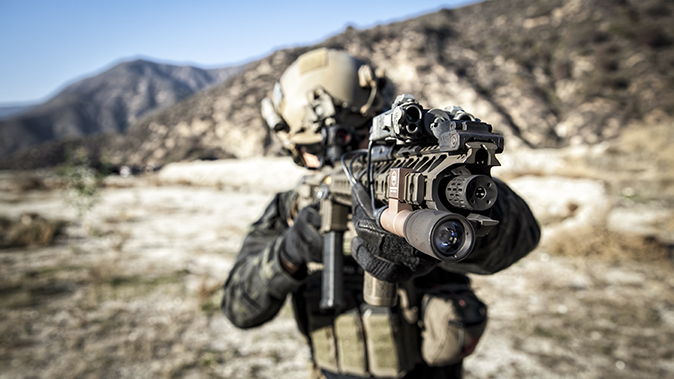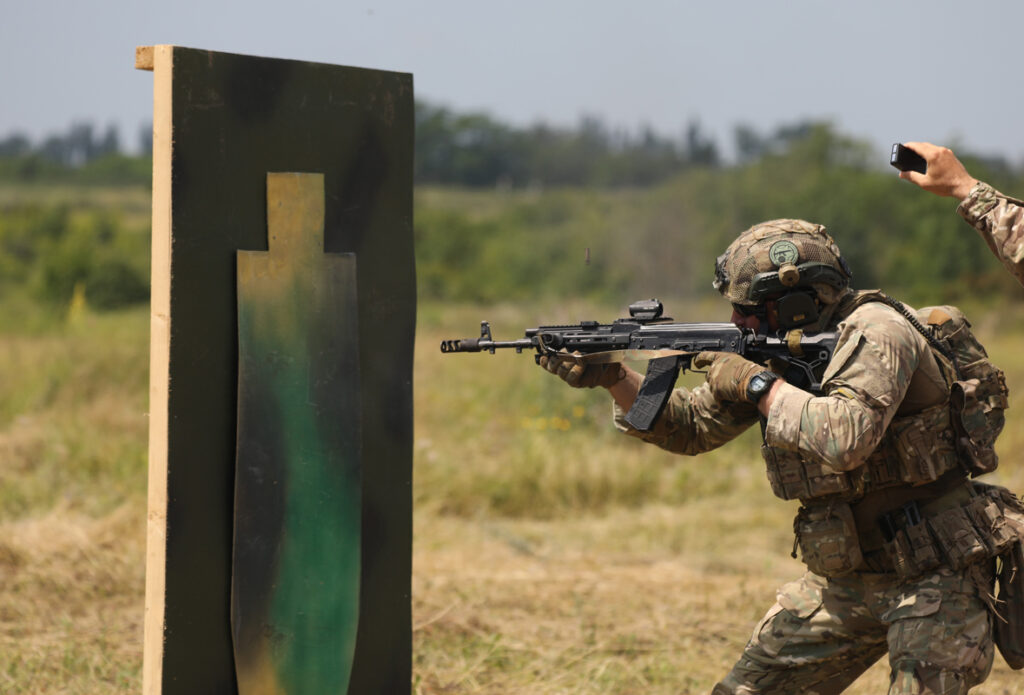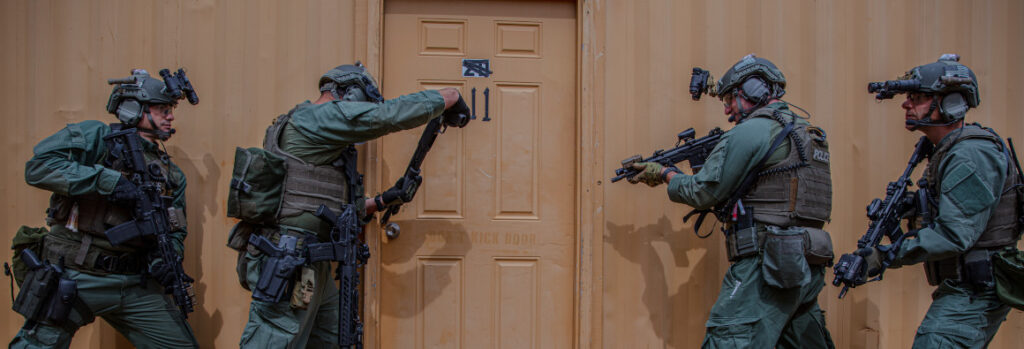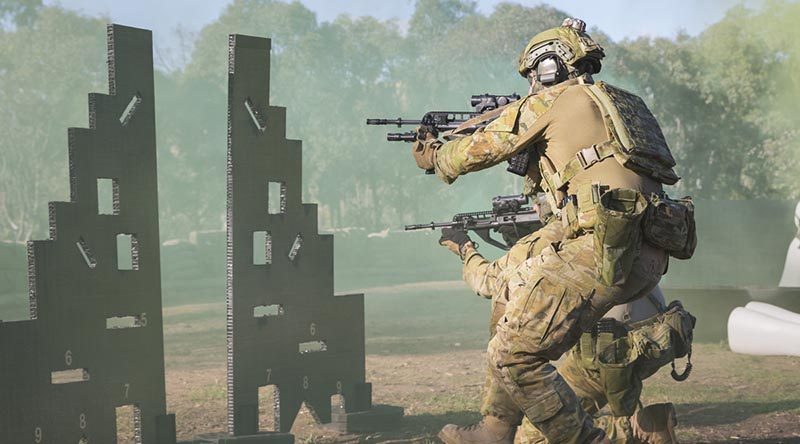Due to the events taking place in Ukraine, there is a growing interest in combat, defense and tactical shooting. All of these terms describe one vast and difficult-to-learn type of skill. Combat shooting consists of a mass of various techniques to increase the shooter’s chance of survival and make it easier for him to complete the task. Combat shooting, as understood by people interested in it, includes the operation of a carbine and a pistol in a “war” context.

Sport with extra steps?
Combat shooting has a lot to do with dynamic sports shooting There is one fundamental difference, however, in the form of a very heavy use of cover. While on the sporting event, covers are meant to test the competitor’s skills, in combat shooting they are the basic good that increases safety. After all, paper targets and steel reactive targets do not shoot back.
During combat shooting, the shooter, whenever possible, uses a hard cover that can protect him from incoming enemy rounds. If there is no access to a cover, use concealment. The difference is that a cover will provide protection against enemy fire, and concealment only from the enemy’s eyesight. Better than standing in the middle of nowhere and counting on incompetence at the other side of the barrel.

Shooting, moving, communication
A person taking part in events requiring this type of shooting should follow one simple rule: “Shoot, move, communicate”. This means that shooting from one convenient spot is a prolonged suicide. The opponent will sooner or later spot the shooter and focus his fire on his position.
Therefore, a common-sense approach to the issue is to fire at the target, change position and fire again – to the point of destruction. If this is not possible, at least different elements of the same cover should be used. So lean once on the right, sometimes on the left, sometimes lower, sometimes higher – which makes it difficult to predict the next peek.
Communication is another important aspect of tactical shooting. It is difficult to talk about this type of activity in the context of one person, as there is a good chance that these activities will be very short. It’s obviously safer in a group. Teammates should always be aware of where the rest of the team are, so inform your teammates about it before you change position. The same is true in the case of a weapon malfunction or getting hit by the opponent. Depending on the conditions, the information can be conveyed verbally, by hand signs, or by radio communication.

Medical preparation
In this article, we talk about shooting other people. These people are expected to shoot at us. Such an exchange of arguments obviously poses a threat to life and health. Therefore, medical preparation and equipment are extremely important, if not more important than the shooting itself. Massive hemorrhages are the most common (though not the only) cause of death in combat. You should have the knowledge and equipment to stop them.
It is not enough to complete a professional, individual first aid kit, fasten it to a belt or vest and forget about the topic. Just like it is not enough to buy a good rifle, pistol and vest / helmet – to be prepared to shoot.

Tactical training
There are dozens of training companies on the shooting market that offer training in tactical / combat shooting as well as battlefield rescue. These skills are not available through YouTube or articles in the trade press. Of course, these materials are a good start, but practice under the supervision of professionals with real experience is necessary.
A person who wants to prepare as much as possible for combat / tactical operations, in a situation such as we have been observing since the beginning of 2022 in Ukraine, should spend twice as much on training as on equipment.

Excercise
The process does not end with the training classes, it is not riding a bicycle that you learn once and remember for the rest of your life. It is advisable to develop a muscle memory that allows you to perform certain activities without awareness.
For this you need regular dry and live fire exercises. A great way to verify your knowledge and skills, as well as test the configuration of your equipment, are tactical competitions. There are at least a few such events in Poland, Finland, Slovenia and USA that are worth visiting regularly.
Summary
As with any skill set, in the case of tactical / combat shooting, in order to acquire such a set and use it competently, you need to seek professional training. You can learn the basics through publicly available sources, but they are not a substitute for comments from experienced people. The same applies to both the skill itself and the selection and configuration of equipment. P.S. A fit dude with good cardio and a rusty SKS is more dangerous than a fatty with a belt-fed machinegun.


